If you’re feeling slightly sluggish after a whirlwind of holiday activity, remember that watching a feisty femme fatale on the big screen might be just what you need to feel newly energized and thoroughly entertained.
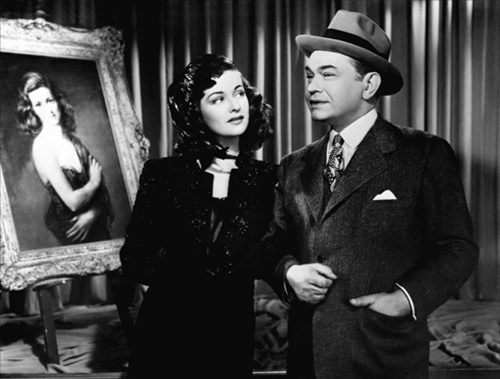
Alice (Joan Bennett) has Professor Richard Wanley (Edward G. Robinson) wrapped around her little finger in “The Woman in the Window.”
You can start this Thursday, Jan. 8, at 8 p.m., when the Skirball Cultural Center in West Los Angeles starts its four-film series, The Intriguante—Women of Intrigue in Film Noir. As the organizers note: “During World War II, many women took up jobs in previously male-dominated industries, which imbued them with a new sense of independence. These four movies – all made by émigré directors and featuring strong female leads – widely appealed to this newly empowered audience, as well as soldiers abroad.”
The series starts with 1944’s “The Woman in the Window,” directed by Fritz Lang. When you least expect your life to unravel is exactly when your life will unravel, at least in a Lang film. That’s the lesson Professor Richard Wanley (Edward G. Robinson) learns the hard way after he’s lured into the depraved world of street hustlers Joan Bennett and Dan Duryea. “Woman” is an excellent film and well worth seeing. You can read the full FNB review here.
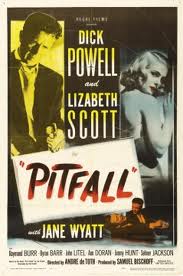 Admission is $10 general; $7 seniors and full-time students; $5 members. The exhibitions Light & Noir: Exiles and Émigrés in Hollywood, 1933–1950 and The Noir Effect will remain open until 8 p.m.
Admission is $10 general; $7 seniors and full-time students; $5 members. The exhibitions Light & Noir: Exiles and Émigrés in Hollywood, 1933–1950 and The Noir Effect will remain open until 8 p.m.
The Intriguante series continues on Jan. 25 with an afternoon double-feature: “Pitfall” (1948, André de Toth), featuring Dick Powell, Lizabeth Scott and Jane Wyatt in a classic noir love triangle, and the taut thriller “Criss Cross” (1949, Robert Siodmak), in which a temptress (Yvonne De Carlo) leads her ex (Burt Lancaster) to his doom. The series concludes on Feb. 12 with “The File on Thelma Jordon” (1950, Robert Siodmak), a crime drama starring the inimitable Barbara Stanwyck.
Additionally, the Skirball Cultural Center is hosting a series of free film-noir matinees on Tuesday afternoons, starting Jan. 6 with “Somewhere in the Night” (1946, Joseph L. Mankiewicz), starring John Hodiak as an amnesic World War II soldier.






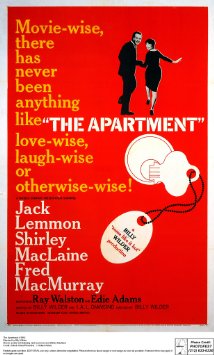
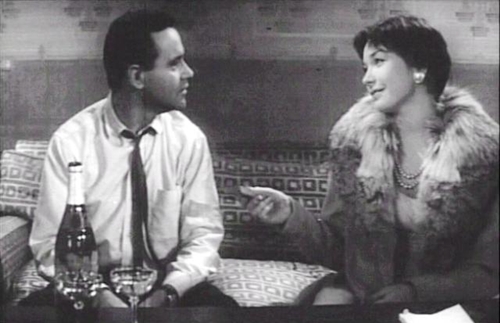


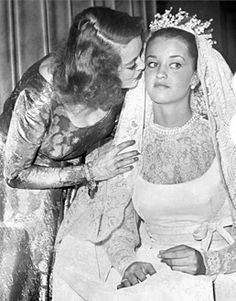
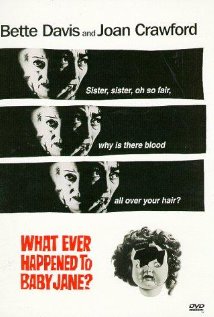
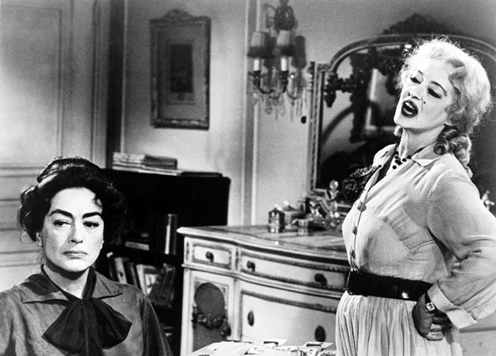
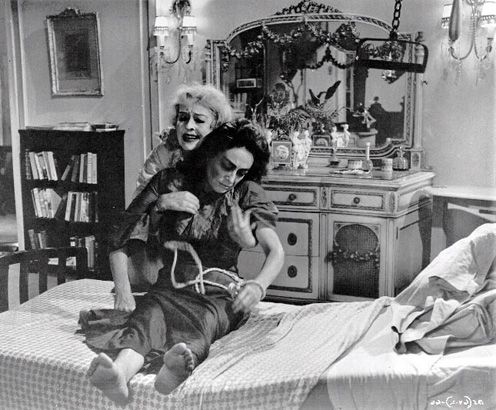
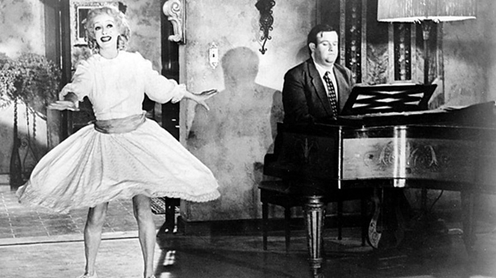
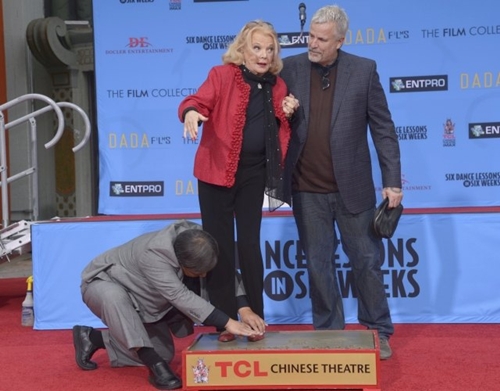
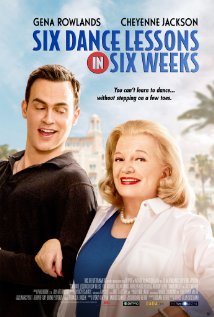
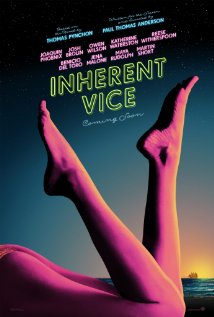
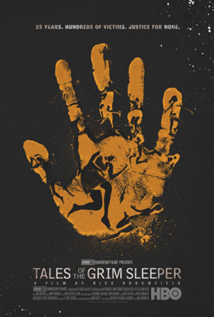
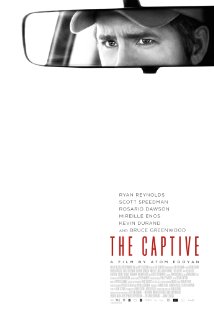
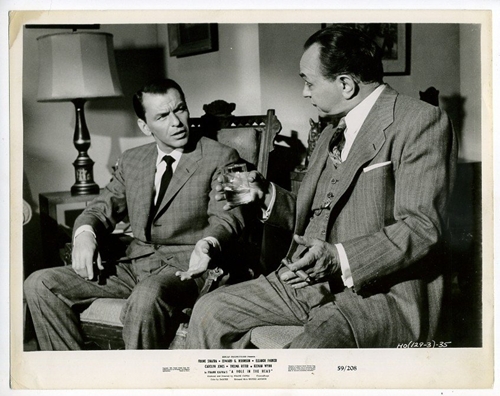
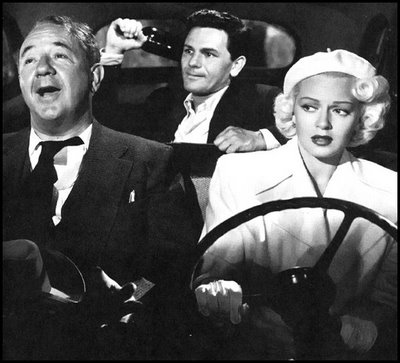
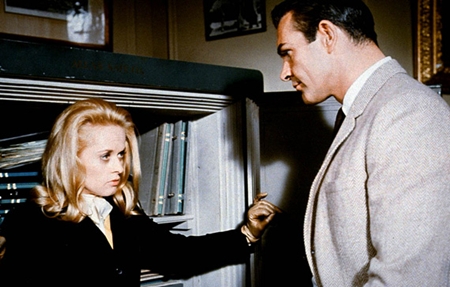

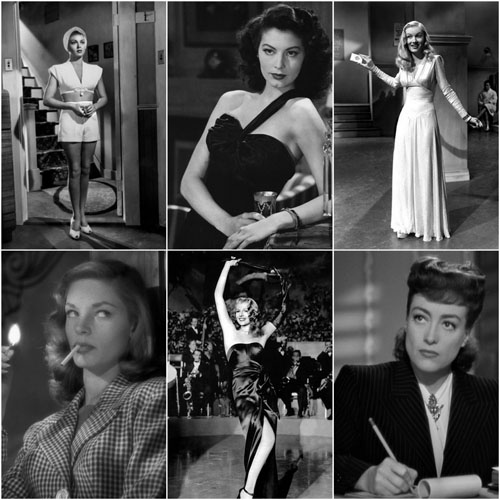


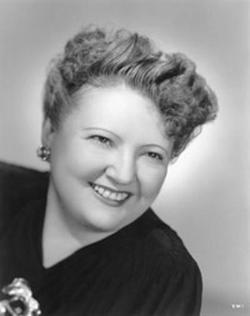
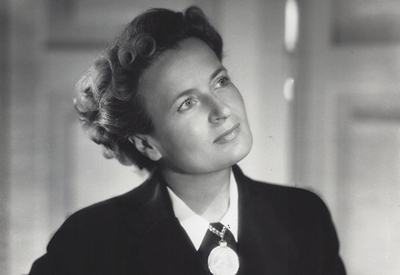
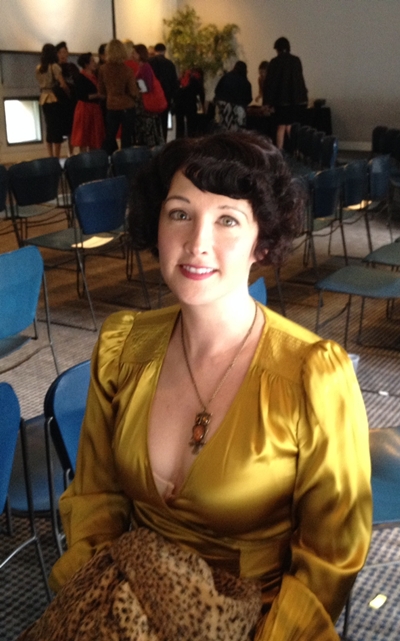
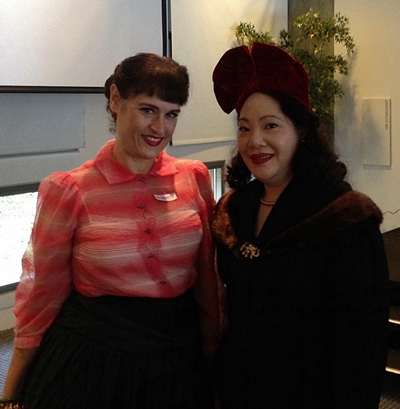
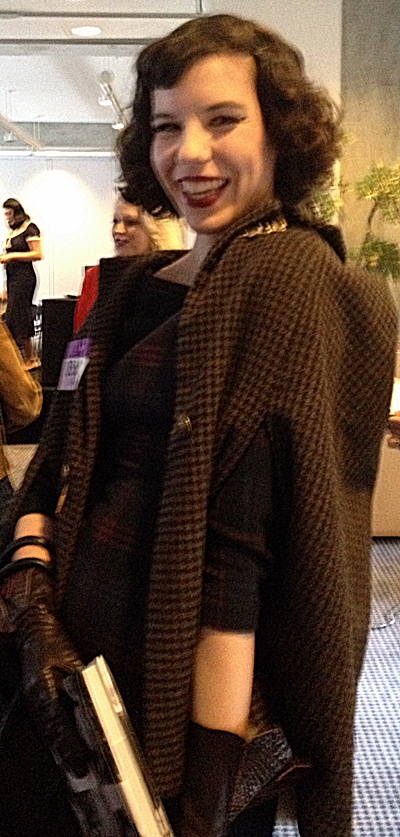

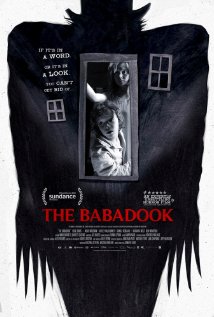





From FNB readers